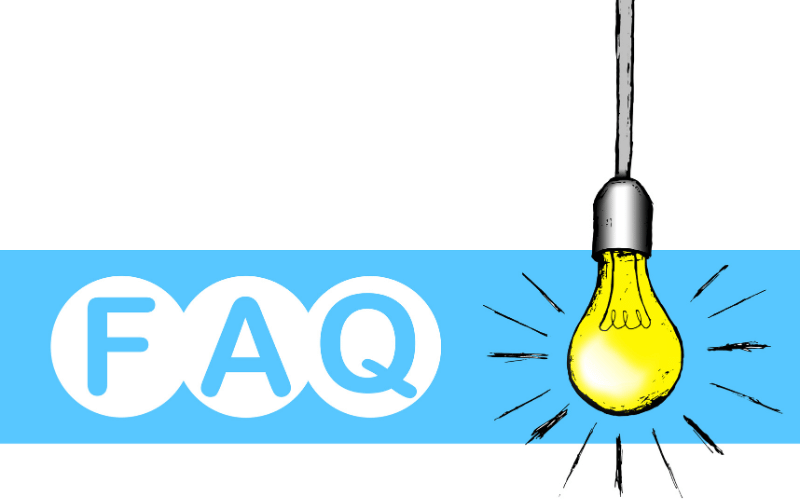Frequently Asked Questions: Understanding Nasopalatine Duct Cysts

What is a Nasopalatine Duct Cyst (NPDC) and how is it formed?
A Nasopalatine Duct Cyst is a non-cancerous growth that occurs in the palate area of the mouth, specifically in the nasopalatine canal or incisive papilla region. It forms from the remnants of the nasopalatine duct, an embryonic structure, and is the most common non-odontogenic cyst of the oral cavity. The exact cause of its formation is not well understood, but it is believed to be related to spontaneous growth, trauma, or infection.
Are there any specific symptoms associated with NPDC?
NPDCs are often asymptomatic, meaning they do not cause any symptoms. However, when they do, patients might experience pain or discomfort in the palate area, swelling, and sometimes nasal obstruction or drainage if the cyst is large enough. Occasionally, the cyst might cause displacement of adjacent teeth. It’s important to consult a dental professional for an accurate diagnosis if you experience any of these symptoms.
How is NPDC diagnosed?
NPDC is primarily diagnosed through clinical examination and imaging techniques such as X-rays, CT scans, or MRI. These imaging tools help to visualize the cyst and determine its size, location, and potential effects on surrounding structures. In some cases, a biopsy may be performed to take a tissue sample for further analysis to confirm the diagnosis.
What are the treatment options for NPDC?
The treatment for NPDC depends on its size and the presence of symptoms. Small, asymptomatic cysts may simply be monitored over time. If the cyst is larger or causing symptoms, surgical removal is usually recommended. This can be done through various procedures like marsupialization, enucleation, or a combination depending on the case. Your dental professional will discuss the most appropriate treatment options based on your specific condition.
Is it possible for NPDC to recur after treatment?
Recurrence of NPDC after surgical removal is rare, but it can happen, particularly if the entire cyst lining is not completely removed during surgery or if there is an infection. Regular follow-up appointments and monitoring are essential to detect any signs of recurrence early and to ensure the long-term success of the treatment. Your dental professional will provide guidance on the best practices to minimize the risk of recurrence.
Conclusion: Final Thoughts on Nasopalatine Duct Cysts
Delving into the world of nasopalatine duct cysts (NPDC) has provided us with invaluable insights and a comprehensive understanding of this oral phenomenon. We’ve navigated through its anatomical mysteries, demographic patterns, and the subtle signs that may accompany it. Our journey has taken us through the meticulous process of diagnosis, shedding light on the importance of accurate identification and the role of advanced imaging techniques. We’ve explored the various treatment options available, emphasizing the significance of personalized care and the expertise of dental professionals.
As we conclude this extensive exploration, it’s crucial to highlight the significant role of post-operative care and the strategies for preventing recurrence. Understanding the potential impacts of NPDC on overall oral health has underscored the importance of a proactive approach, ensuring that individuals are equipped to maintain optimal oral well-being. With the wealth of information provided, individuals and dental professionals alike are now better positioned to tackle NPDC, ensuring that this condition is managed effectively, and its recurrence is kept at bay.